In extreme cases, with low water levels in hydroelectric reservoirs, the Northern region's electricity capacity may be short of 1,770 MW (about one-tenth of demand) during the peak heat wave next year.
This is the forecast reported by the Ministry of Industry and Trade to the Prime Minister about the electricity supply situation in 2024.
Accordingly, two supply scenarios for next year are given based on the calculation of supply-demand balance and electricity growth demand could reach 8.96% this year.
Scenario 1: Water levels in hydropower reservoirs are at normal levels, the system basically meets the electricity demand for production and business of people and enterprises. However, the reserve capacity in the North is low, while the demand in this area is high, so it still faces tension and power shortages at certain times of the day during the hot months.
Scenario 2, water levels in hydropower reservoirs are low, similar to the situation that occurred during the hot season of 2023. At this time, ensuring electricity supply for the Northern region, according to EVN, will be more difficult and there may be a capacity shortage of 420-1,770 MW during some peak hours in June and July. This power shortage is about 1/3 of this year's shortage.
In fact, according to experts' forecasts, the North will still face a power shortage for at least the next two years, as no new power sources have been added or put into operation in this region, while electricity demand increases by about 10% each year.
According to Mr. Nguyen Anh Tuan, Vietnam Energy Association, the coal power source that can operate from now until 2030 is about 3,100 MW, while the electricity consumption demand in the North is nearly 11,000 MW, meaning the source can only meet about 1/3 of the demand.
“The power supply for the North in the next two years will remain very tense, with the risk of power shortages looming as planned projects are behind schedule and unlikely to be operational in 2024-2025,” he informed.
Currently, there are 6 large power source projects that are behind schedule or not being invested in, such as An Khanh, Na Duong 2, Cam Pha... with a total capacity of more than 4,200 MW. "This is one of the reasons why the North lacks electricity during the hot season, because essentially we lack electricity while consumption demand increases every year," Mr. Tuan added.
The Ministry of Industry and Trade said that EVN should focus on ensuring the availability and readiness of its power plants; minimizing incidents at plants, especially coal-fired thermal power plants in the North. EVN will work with TKV, Dong Bac Corporation, PVN, and PVGas to ensure sufficient coal and gas for power production.
Regarding coal prices, on September 5, EVN requested TKV to consider not increasing the price of domestic coal and mixed coal (domestic coal mixed with imported coal) sold for electricity production. Because EVN's financial situation is facing many difficulties due to fluctuations in world fuel prices, while retail electricity prices have not been adjusted in time, causing the parent corporation to record a loss of more than VND26,000 billion last year.
In the first eight months of the year, the total electricity output of the system reached 186.3 billion kWh, an increase of 2.7% over the same period in 2022. Thermal power was the most mobilized source, accounting for 47.3%, with over 88 billion kWh. TKV and Dong Bac Corporation have delivered additional coal volumes compared to the contract, ensuring coal for the plants. Thanks to that, the electricity output and coal reserves of the power plants have increased. To date, the power plants have had enough coal for operation.
Output mobilized from hydropower sources accounted for 26% in the past 8 months, reaching 48.45 billion kWh. Electricity from gas turbines reached nearly 19.3 billion kWh, or 10.3%.
Meanwhile, renewable energy sources (wind power, solar power) accounted for over 14%, with 26.35 billion kWh in 8 months. The rest were imported electricity sources (over 2.6 billion kWh) and oil-fired (1.23 billion kWh).
According to VNE
Source







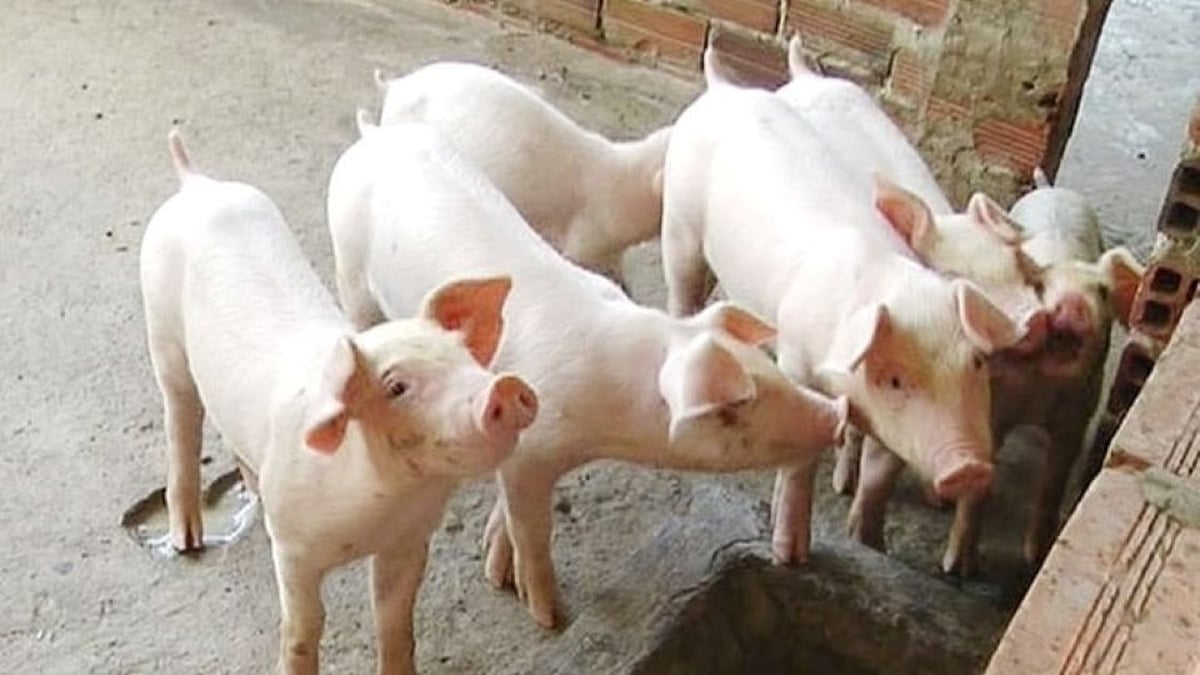






















![[Photo] National Assembly Chairman Tran Thanh Man visits Vietnamese Heroic Mother Ta Thi Tran](https://vphoto.vietnam.vn/thumb/1200x675/vietnam/resource/IMAGE/2025/7/20/765c0bd057dd44ad83ab89fe0255b783)


































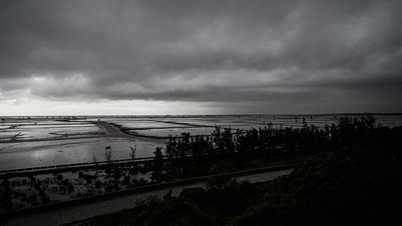

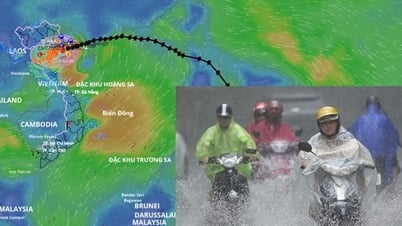

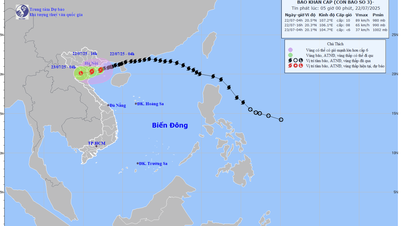







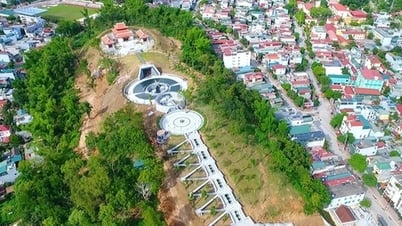



























Comment (0)